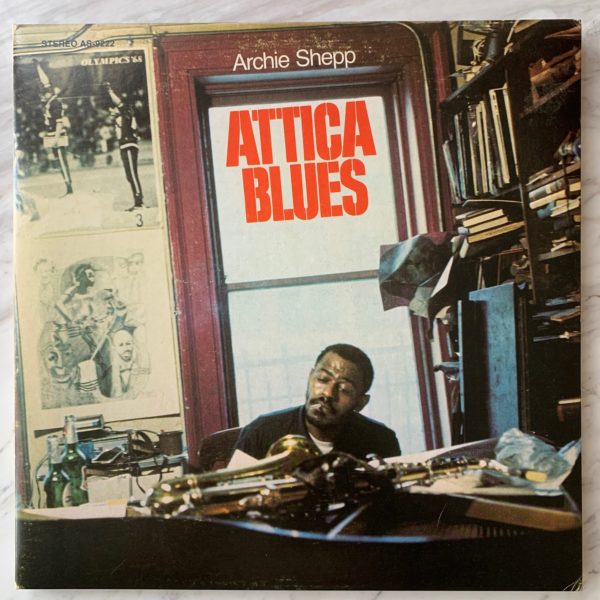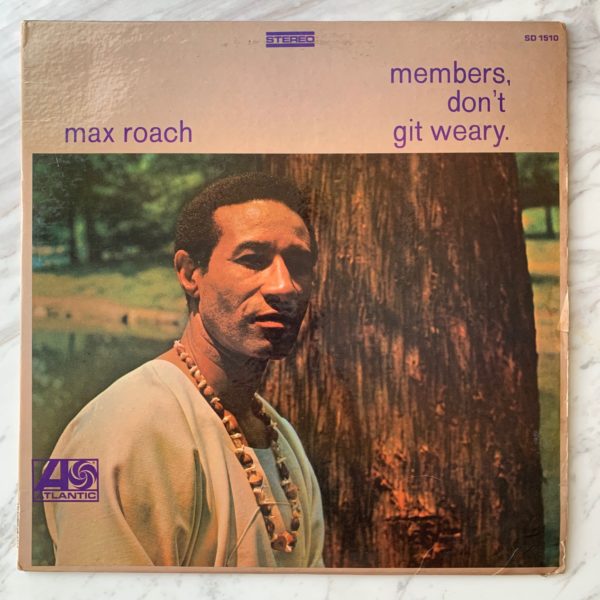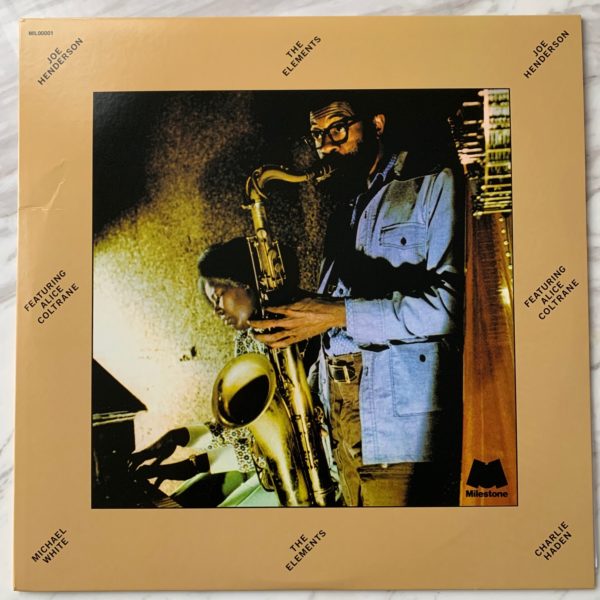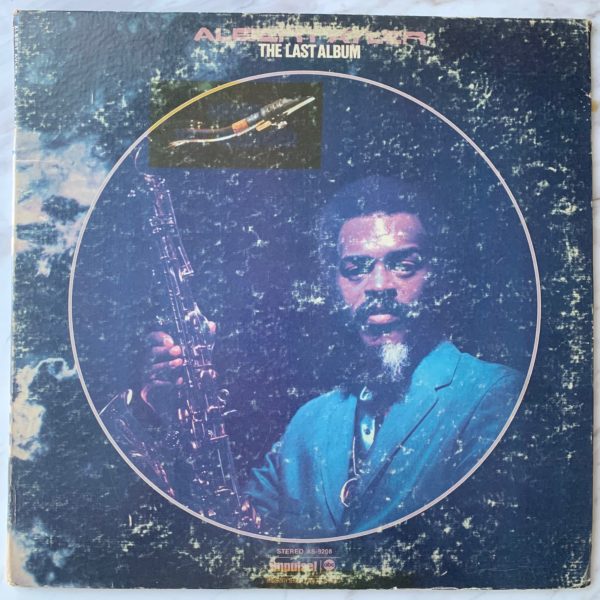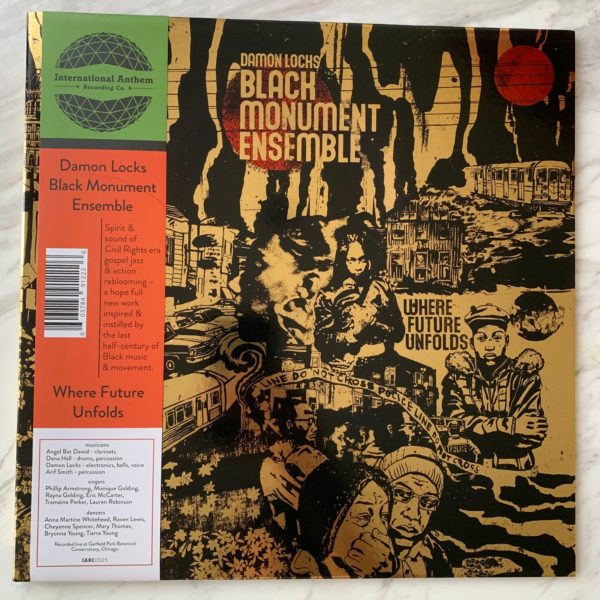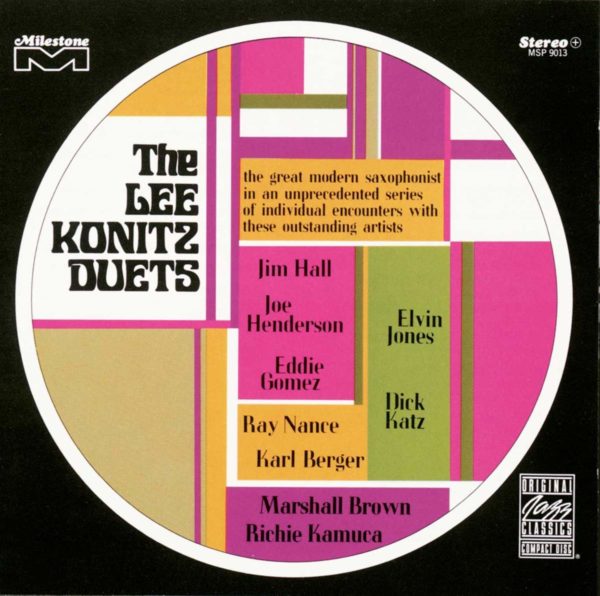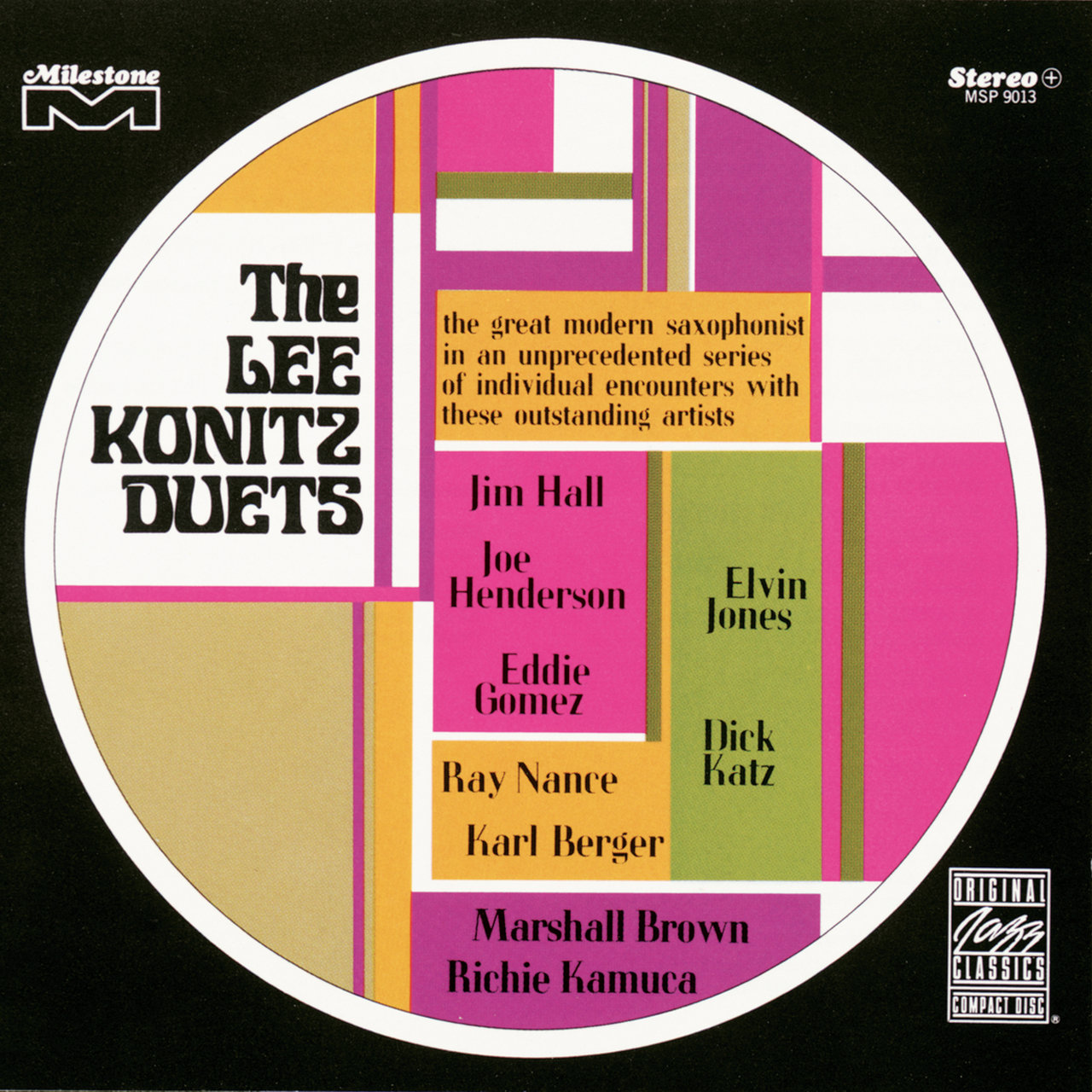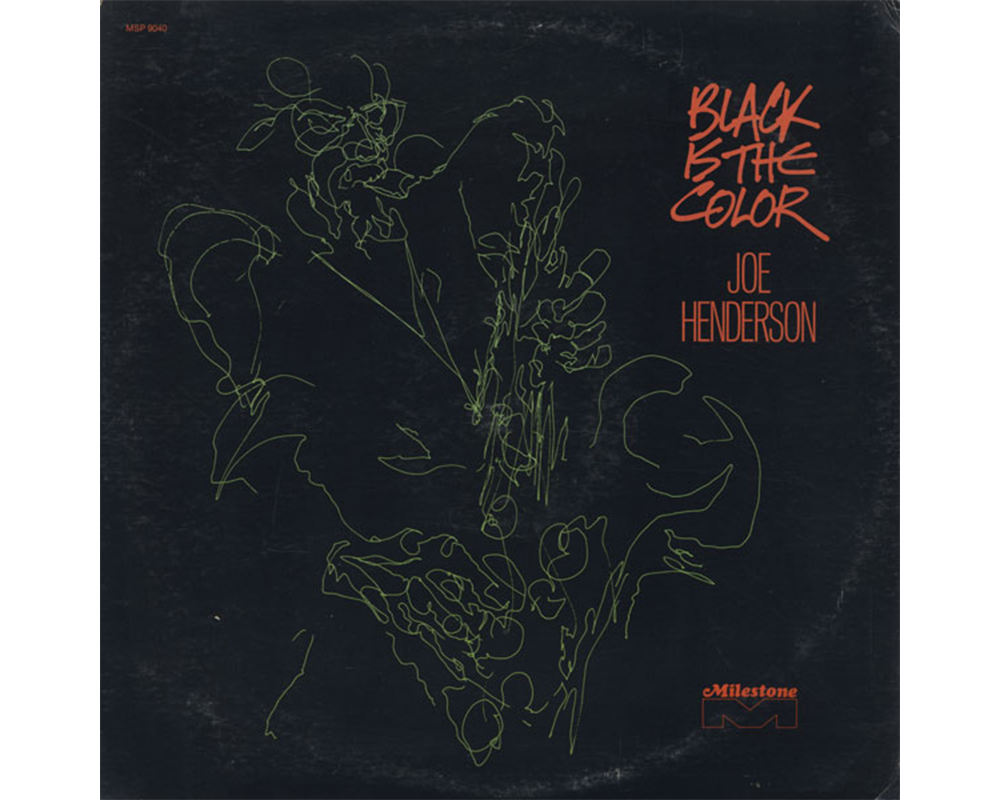[You can hear Mark’s latest music here and here.]
These are some records I’ve been listening pretty heavy to. Truly some of my absolute favorites. Some old and new. They’ve been regular features in my monthly DJ sets and, now due to the pandemic, my livestreamed Blues and the Abstract Truth. Some have been with me for 25 years, and a couple are new releases that I am so excited about and very grateful for.
Instead of adding my own commentary for each selection, I think it’s best to let them speak for themselves. I’ve included lyrics and text from these incredible documents. They uplift and speak to a greater consciousness than I could ever communicate.
Selection #1: Archie Shepp, Attica Blues
(1972): “Attica Blues / Invocation: Attica Blues”
“I got a feeling that something ain’t going right, and I’m worried about the human soul. I got a feeling…”
“If I would have had the chance to make a decision, every man could walk this earth on equal condition. Every child could do more than just dream of a star. All the death and strife would cease, and I would put an end to war.”
“Only when nature doesn’t take it’s natural toll, am I worried for the human soul. Some people think that they are in their rights when on command they take a black man’s life. But let me give a rundown on how I feel… If it ain’t natural, than it ain’t real. I wish I were better.”
Words written by William G. Harris.
Sung by Henry Hull and spoken by William Kunstler.
Selection #2: Max Roach, Members Don’t Git Weary
(1968): “Members Don’t Git Weary”
Members, don’t get weary
Members, don’t get weary
Members, don’t get weary
For the work’s ‘mos’done.
O’keep your lamp trimmed and burning
O’keep your lamp trimmed and burning
O’keep your lamp trimmed and burning
For the work’s ‘mos’done.
We’ll go down to the river Jordan
We’ll go down to the river Jordan
We’ll go down to the river Jordan
When our work is done.
We’re going to sit at the welcome table
We’re going to sit at the welcome table
We’re going to sit at the welcome table
When our work is done.
We’re going to feast on the milk and honey
We’re going to feast on the milk and honey
We’re going to feast on the milk and honey
When our work is done.
We’re going to march with the tallest angel
We’re going to march with the tallest angel
We’re going to march with the tallest angel
When our work is done.
Members, don’t get weary
Members, don’t get weary
Members, don’t get weary
For the work’s ‘mos’done.
Negro Spiritual. Sung by Andy Bey
Selection #3: Joe Henderson featuring Alice Coltrane, The Elements (1973): “Earth”
Time
Time
Time
Time
the suffocator of the moment now
dreams of tomorrow
where we will find the missing pieces
and on a new journey to wholeness
Time
Time
Time
Peace
Love
Hope
moving on the wings of the moment now
Time
Time
Time
children of the soil rejoice
yesterday was
tomorrow never is
Time is now
Time
Time is only love
Words written and spoken by Kenneth Nash
Selection #4: Albert Ayler, The Last Album: “Again Comes The Rising of the Sun”
Again comes the rising of the sun
Another day when we’ve begun
The unfinished chores of yesterday
We set about to find our way
We always finish and begin
We go through life until the end
And here are the things we do
We build it up, and tear it down
We start all over, and make it round
We can make it short, make it long
Before we know it, our time is gone
But tomorrow is always another day
Yes we’ll keep going the same old way
But again comes the rising of the sun
Another day when our work has begun
We look for the better things in life
Seeking to find an answer day and night
Always studying and planning to make a profit
And in the end we sometimes wonder if it’s worth it
And here are the things we do
We build it up, and tear it down
We start all over, and make it round
We can make it short, make it long
Before we know it, our time is gone
But tomorrow is always another day
Yes we’ll keep going the same old way
Written and sung by Mary Maria Parks
Selection #5: Irreversible Entanglements, Who Sent You? (2020): “The Code Noir / Amina”
“Stay on it.”
“At what point do we stand up? At what point do we stand up? At the breaking point? At the point of no return? At what point? At what point do we pull each other up out of the void… up out of the hell… at one point? At what point do we give a shit – do we stand up and say something? When we go off script… and step out of the daze. Dumbfounded daze… when we step out of the daze… dumbfounded daze… return back to the now. At what point?”
Words written and spoken by Moor Mother/Camae Ayewa
Selection #6: Damon Locks’ Black Monument Ensemble, Where Future Unfolds (2019): “Statement of Intent / Black Monument Theme”
“Safety is in question. As the future unfolds in rapid succession. We walk in a rhythmic procession. The morning has transformed. Regression. Built up heights of depression. How can it stand? Declarations, demonstrations. Statement of intent. I will tell you what we want. What is the thing that makes you feel like your heart is growing? We want to see light touching surfaces. We want to see light touching surfaces. We want to see light touching surfaces. So we chose our next move. The time is now, it has always been. Respond anew. Pass the guard and get through. Because somethings never change. Black Monument.”
Words written and spoken by Damon Locks
